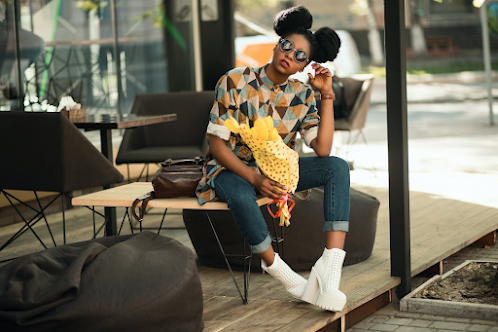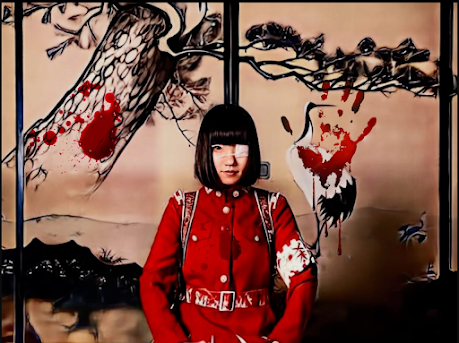The Psychology of Fashion: Unraveling the Intricacies of Dressing for Success
Fashion is not just about clothing; it is a powerful means of self-expression and communication. From the runway to the workplace, the clothes we wear play a significant role in how we perceive ourselves and how others perceive us. This article explores the intriguing realm of fashion psychology, delving into the connection between fashion choices, human behavior, and emotions.
The Power of First Impressions
It is often said that "the first impression is the last impression." This statement holds true in the context of fashion psychology. When we meet someone for the first time, our brains rapidly process visual cues, and clothing is a prominent factor in forming initial judgments. Whether it's a job interview or a social gathering, dressing appropriately and confidently can significantly impact the way others perceive us.
Research indicates that well-dressed individuals are perceived as more competent, trustworthy, and successful, which can open doors to various opportunities in both personal and professional life. On the other hand, dressing inappropriately or too casually may inadvertently create a negative impression, hindering success.
The Connection Between Fashion and Emotions
Clothing not only influences how others see us but also affects our own emotions and self-perception. The phenomenon known as "enclothed cognition" suggests that the clothes we wear can influence our psychological processes and behavioral patterns.
For example, wearing formal attire can evoke feelings of authority and competence, leading to increased self-confidence and assertiveness. On the contrary, casual clothing may induce feelings of relaxation and informality. This understanding of clothing's impact on emotions can help individuals intentionally choose outfits to align with their desired mood or mindset.
Fashion as a Reflection of Identity
Fashion choices often serve as a reflection of one's personality, values, and identity. Subcultures, for instance, use distinct styles to distinguish themselves and foster a sense of belonging. Psychologists suggest that individuals may use fashion to express their uniqueness, creativity, or affiliation with particular groups.
Furthermore, clothing can act as a form of self-expression during significant life transitions or emotional phases. Experimenting with different styles might indicate a desire for change or a search for self-discovery. Understanding these underlying motivations can provide valuable insights into the psyche of individuals.
Fashion and Cognitive Dissonance
Cognitive dissonance occurs when there is a disconnect between one's beliefs and actions. In the context of fashion, it can manifest when a person purchases clothing that contradicts their self-image or values. This internal conflict can lead to feelings of regret and dissatisfaction with the purchase.
To avoid cognitive dissonance, individuals can make conscious and authentic fashion choices that align with their self-concept. Embracing sustainable and ethical fashion practices may also alleviate dissonance by ensuring that one's clothing choices align with their values and beliefs.
The Influence of Media and Advertising
In the digital age, media and advertising play a significant role in shaping fashion trends and consumer behavior. The rise of social media platforms and influencers has amplified the impact of fashion on people's lives. Constant exposure to carefully curated images can influence individuals to follow the latest trends and conform to societal standards.
It is essential to strike a balance between staying informed about fashion trends and embracing one's unique style. Fashion psychology encourages individuals to be critical consumers of media content and to make intentional choices that promote their well-being and self-expression.
The Therapeutic Power of Fashion
Fashion therapy is an emerging field that utilizes clothing and personal style to improve mental health and well-being. The idea is based on the concept of "enclothed cognition" and its influence on emotions and behavior.
In therapeutic settings, individuals may use fashion as a tool for self-empowerment, boosting self-esteem, and coping with emotional challenges. The process of selecting and wearing clothing that aligns with positive emotions can foster a sense of control and uplift one's mood.
Conclusion
Fashion psychology offers valuable insights into the intricate relationship between clothing choices, human behavior, and emotions. From the power of first impressions to the therapeutic potential of fashion, understanding these psychological aspects can help individuals harness the influence of fashion to achieve personal and professional success.
Embracing fashion as a means of self-expression and authenticity allows us to navigate the ever-changing trends while staying true to our unique identities. By leveraging the psychological impact of fashion, we can make deliberate choices that positively influence our lives and the world around us.




Comments
Post a Comment